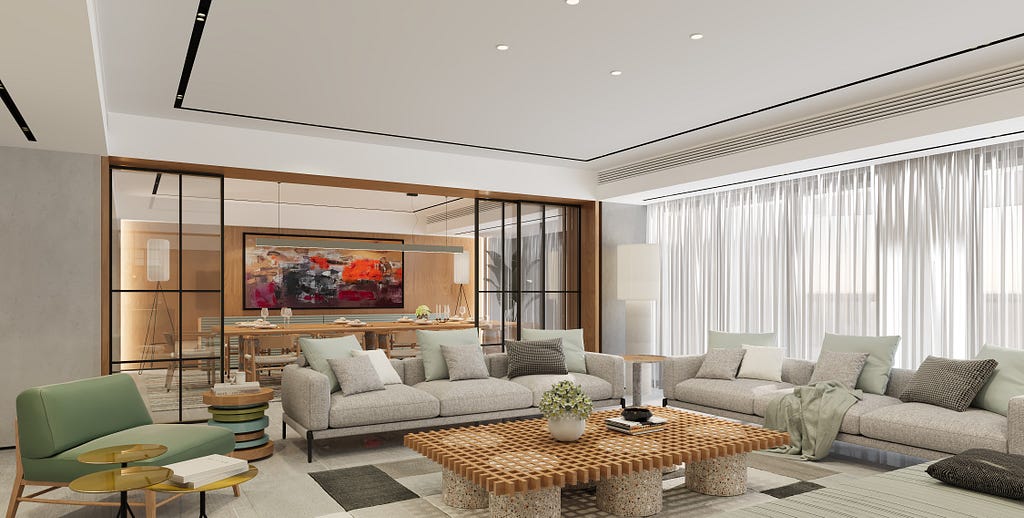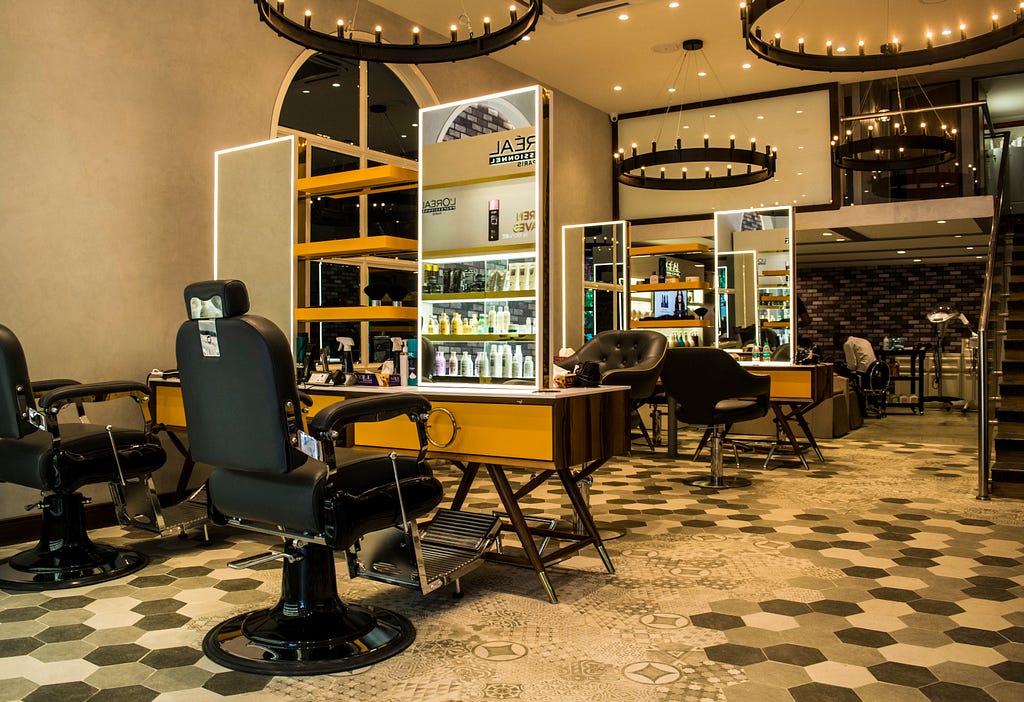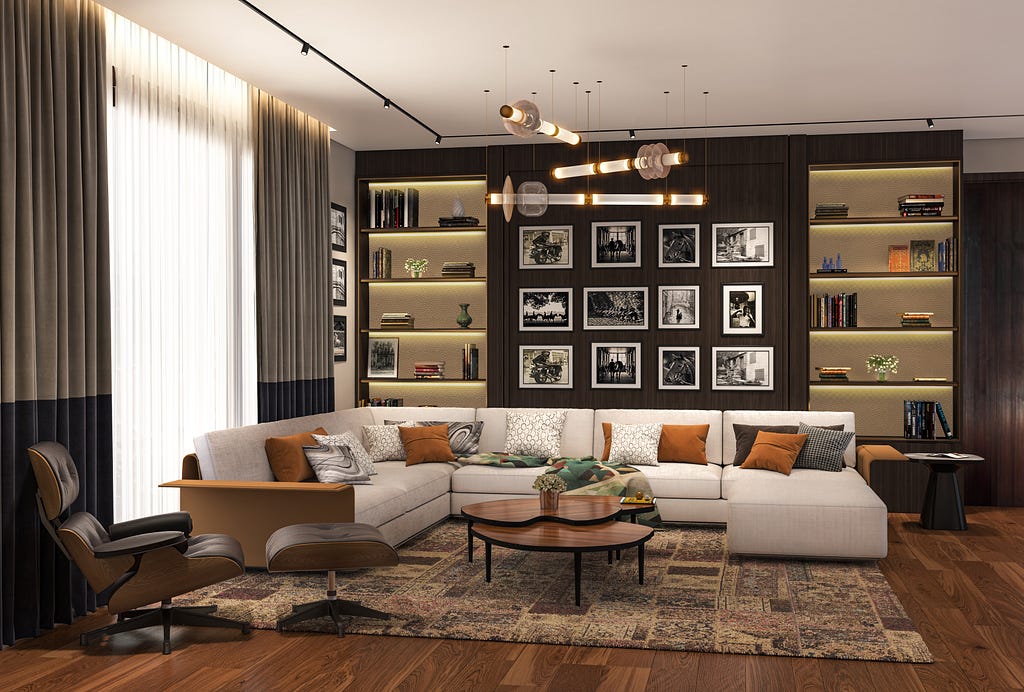The Critical Role of Light in Architecture: Maximising Spatial Experience
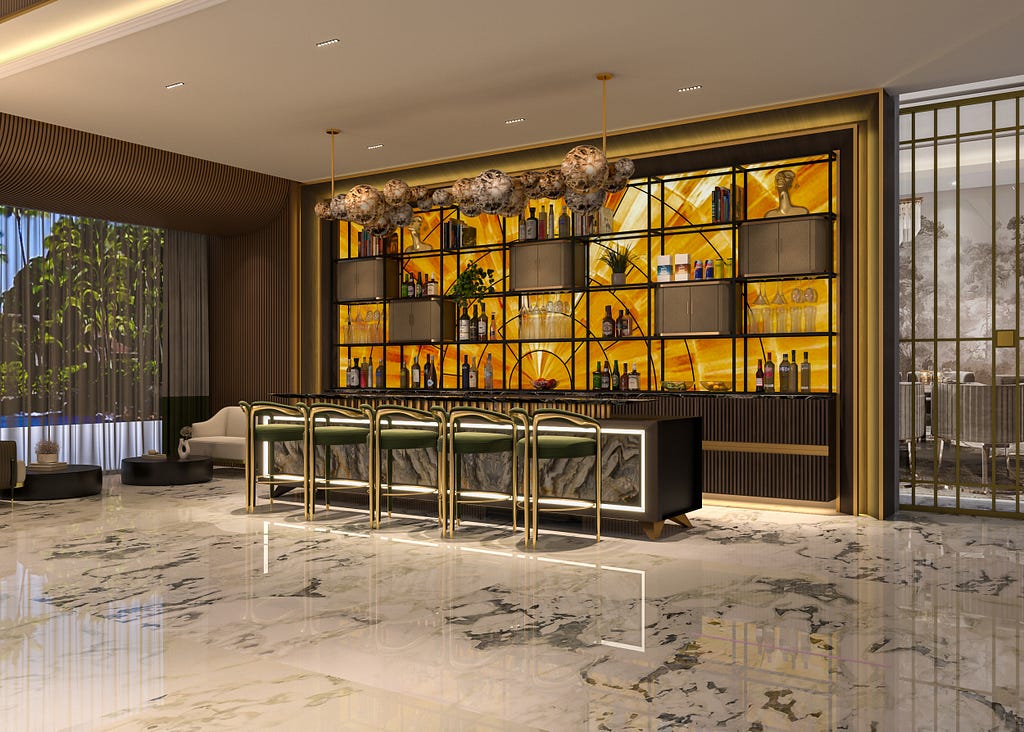
Light is pivotal in architectural design, serving as both a functional necessity and a robust design element. Architects adeptly harness natural and artificial lighting to illuminate spaces, shape experiences, and evoke emotions.
Maximising Natural Light
Natural light is a dynamic element that transforms spaces throughout the day. Architects strategically design spaces to harness natural light, enhancing the spatial experience while reducing energy consumption. Elements such as clerestory windows, skylights, and light wells channel daylight deep into interiors without compromising privacy. These features brighten spaces and create visual connections with the outdoors, fostering a sense of openness and tranquillity. The orientation of buildings plays a crucial role in maximizing natural light. By carefully aligning windows and openings, architects can optimize sunlight penetration, reducing the need for artificial lighting during daylight hours. This lowers energy costs and promotes occupant well-being by providing a connection to the natural rhythms of the day.
Harnessing Artificial Lighting for Ambiance and Perception
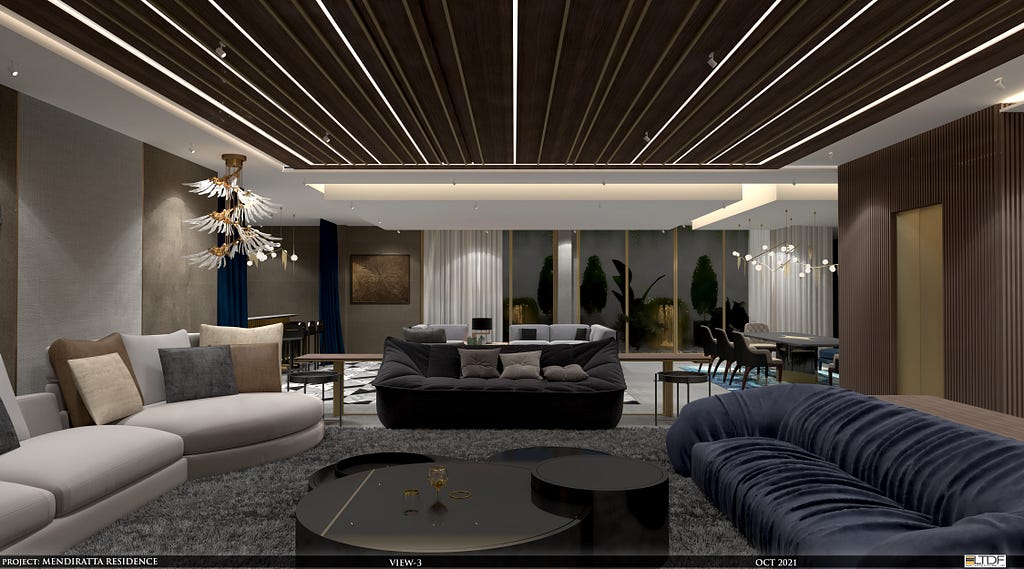
While natural light defines daytime experiences, artificial lighting commands attention after dusk, transforming architectural spaces into dynamic environments. Architects and lighting designers use a variety of fixtures, including recessed lighting, pendant lamps, and LED strips, to create ambiance, highlight various features, and influence mood.
In interior spaces, layered lighting designs combine ambient, task, and accent lighting to enhance functionality and aesthetics. Ambient lighting provides overall illumination, while task lighting focuses on specific activities such as reading or cooking. Further, accent lighting can be strategically placed to highlight artwork or architectural details, adding depth and visual interest.
While designing, the colour temperature and intensity of artificial light sources evoke different moods and perceptions within a space. Warm hues create a cosy atmosphere suitable for residential settings, while cooler tones lend a contemporary feel to commercial spaces.
In conclusion, integrating natural and artificial lighting in architectural design is about illumination and sculpting experiences. By thoughtfully incorporating these lighting strategies, architects can create environments that resonate with inhabitants on emotional levels. The interplay of light and shadow becomes a canvas upon which architectural narratives unfold, enriching the human experience within built environments.

